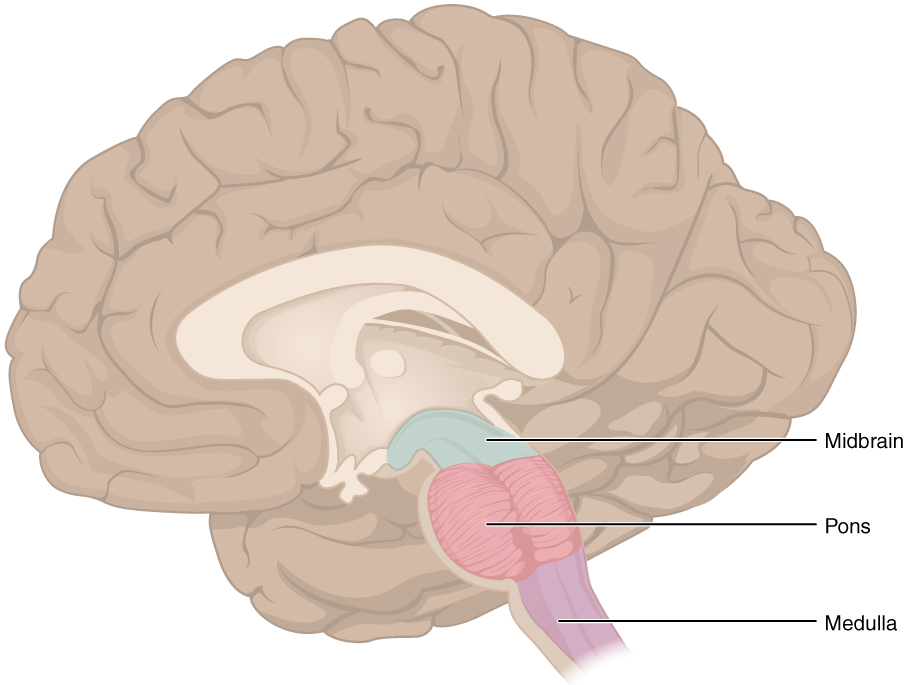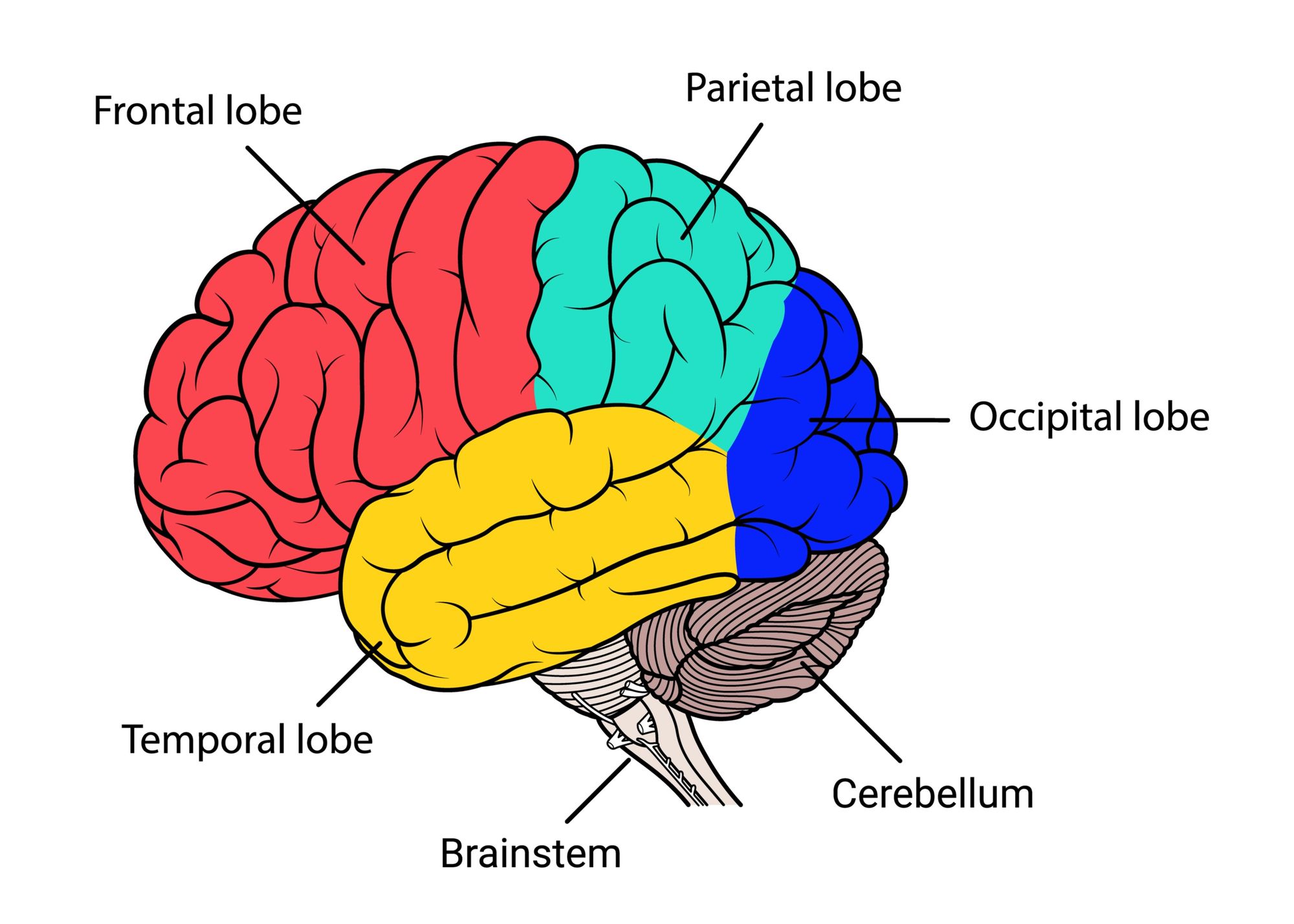

For example, Central pontine myelinolysis is a condition caused by damage to the myelin sheath of cells in the pons and is characterized by difficulties in swallowing, speaking, and breathing. Damage to the pons can impair any of these functions. The pons also contains a number of cranial nerves and is implicated in swallowing, facial expressions, facial sensation, and eye movement.

The pons is the part of the brain that ensures you keep breathing even when you are asleep or not consciously paying attention. Most importantly, neural pathways in the pons are responsible for regulating respiration. The pons performs many different functions. The pons is important as a number of cranial nerve nuclei are present in the pons. The pons can be divided into two general regions: the ventral pons, and the dorsal pons. The pons is the second division of the brain stem and is located between the midbrain and the medulla and anterior to the cerebellum. Credit: Anatomography via WikiCommons CC BY-SA 2.1 The pons in relation to the rest of the brain. Because the brain stem plays such an integral role in the functioning of the brain, brain stem damage is very serious and often fatal. This includes the corticospinal tract (motor functions) the posterior column-medial lemniscus pathway (fine touch, vibration, proprioception), and the spinothalamic tract (heat, pain, pressure). The brain stem gives rise to cranial nerves 3-12 and acts as the relay point that all signals from the peripheral nervous system in the body must pass through to reach the brain. The brain stem also serves as an important conduction point that connects the brain to the motor/sensory nerves in the spinal cord. There is a substantial amount of evidence that the brainstem plays an integral role in regulating consciousness and awareness. The brain stem handles the most basic functions required for survival things like, heart rate, reflexes, breathing, digestion, and regulating sleep. The brain stem is the lowest and “oldest” region of the brain. The cerebellum is the second layer of the brain and controls more basic functions, like coordinating muscle movement and maintaining posture/balance.

The cerebrum controls most of the advanced cognitive functions associated with higher mammals, like reasoning, speech, and interpreting sense. For example, the cerebrumis the highest part of the brain and is the most recent evolutionary addition to the brain’s structure. Since the brain has evolved over millions of years, it has several distinct layers of organization that reflect different levels of development through evolutionary history. The brain has developed different anatomical regions that are specialized for certain functions. Figuring out the organization and structure of the brain is the goal of neuroscience and cognitive science. Millions of years of evolution have produced a complex network of neurons and synapses whose coordinated activity controls every function in the human body. The brain is the single most complex machine known to humans.


 0 kommentar(er)
0 kommentar(er)
